AI surpasses the "gold standard" of weather forecasting

AI has outperformed traditional forecasting methods in tracking air quality, weather patterns and tropical storms due to climate change (Photo: Getty).
A new artificial intelligence (AI) model developed by Microsoft called Aurora is attracting great attention in the scientific community when it shows the ability to predict weather more accurately and quickly than many of the world's leading meteorological centers, including the European Center for Medium-Range Weather Forecasts (ECMWF) and the US National Hurricane Center (NHC).
According to research published on May 22 in the journal Nature, the Aurora system was trained entirely on historical data, without using traditional physical models.
Still, it produced impressive results, including accurately predicting all major hurricanes through 2023, while also generating 10-day weather forecasts at hundreds of times lower computational costs.
In one particular example, Aurora correctly predicted four days in advance that super typhoon Doksuri would make landfall in the northern Philippines, while the official forecast at the time had the storm heading north of Taiwan.
Doksuri was later recorded as one of the costliest storms in the history of the Asia- Pacific region.
Aurora also outperformed the ECMWF, considered the “gold standard” in forecasting. Microsoft’s AI outperformed the ECMWF in 92% of 10-day global forecasts, at a resolution of about 10 km².
The AI race between tech giants

AI Aurora accurately predicted that typhoon Doksuri would make landfall in the northern Philippines (Photo: Microsoft).
Aurora isn't the only AI model in the field. Huawei previously introduced its Pangu-Weather model in 2023, and Google also claimed its GenCast model outperformed ECMWF in 97% of natural disasters in 2019.
Major countries and meteorological agencies are also racing ahead. Meteo-France and the ECMWF itself are developing their own machine learning models. ECMWF representatives said their first AI model, which was put into testing in February 2025, saves more than 1,000 times the computational time of a physical model, despite its limited resolution (30 km²).
The rise of AI in weather forecasting comes from the fact that traditional forecasting models require a large amount of computation because they are based on complex physical equations.
Meanwhile, AI like Aurora learns from real-world data, dramatically reducing processing times. This could be the first step toward a revolution in meteorology, experts say.
“We are at the beginning of a major transformation in atmospheric system science,” said Paris Perdikaris, an associate professor at the University of Pennsylvania and lead author of the study.
“The goal in the next 5-10 years is to build systems that can directly tap data from satellites and weather stations to generate high-resolution forecasts anywhere in the world ,” he said.
Currently, although Aurora is not yet commercialized, test results show great potential.
The gradual replacement of traditional methods by AI in the field of meteorology is considered feasible and necessary, especially in the context of increasingly severe climate change and the need for accurate and timely forecasting becoming more urgent than ever.
Source: https://dantri.com.vn/khoa-hoc/ai-vuot-mat-cac-trung-tam-du-bao-thoi-tiet-toan-cau-20250523065832612.htm



![[Photo] President Luong Cuong chaired the welcoming ceremony and held talks with United Nations Secretary-General Antonio Guterres](https://vphoto.vietnam.vn/thumb/1200x675/vietnam/resource/IMAGE/2025/10/24/1761304699186_ndo_br_1-jpg.webp)

![[Photo] Prime Minister Pham Minh Chinh and South African President Matamela Cyril Ramaphosa attend the business forum](https://vphoto.vietnam.vn/thumb/1200x675/vietnam/resource/IMAGE/2025/10/24/1761302295638_dsc-0409-jpg.webp)
![[Photo] Solemn funeral of former Vice Chairman of the Council of Ministers Tran Phuong](https://vphoto.vietnam.vn/thumb/1200x675/vietnam/resource/IMAGE/2025/10/24/1761295093441_tang-le-tran-phuong-1998-4576-jpg.webp)
![[Photo] Prime Minister Pham Minh Chinh chairs conference on breakthrough solutions for social housing development](https://vphoto.vietnam.vn/thumb/1200x675/vietnam/resource/IMAGE/2025/10/24/1761294193033_dsc-0146-7834-jpg.webp)


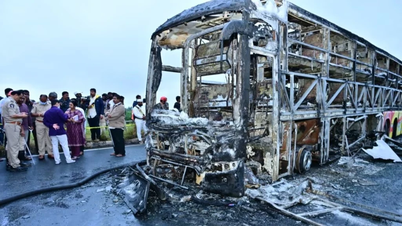

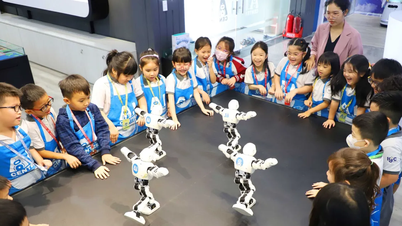



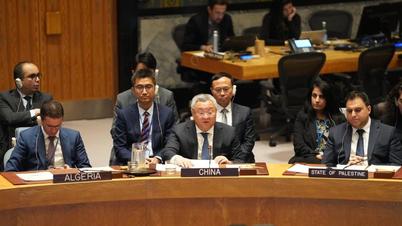




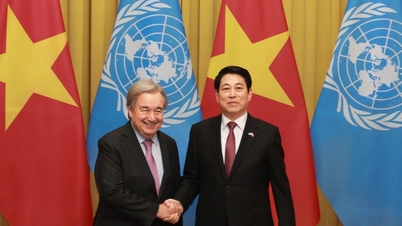

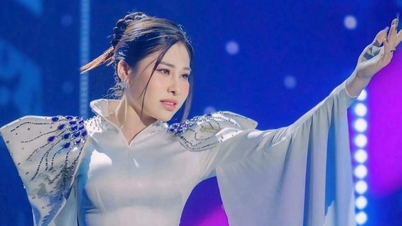
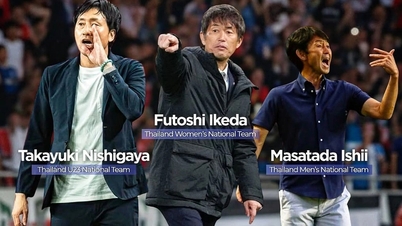












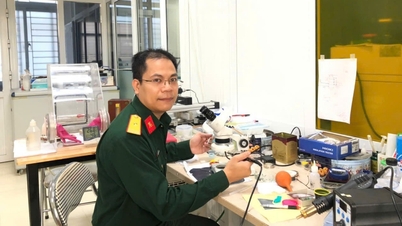


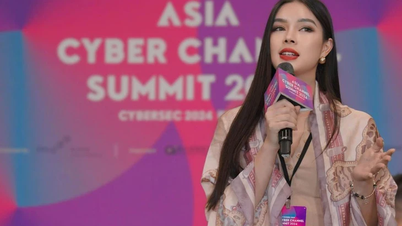





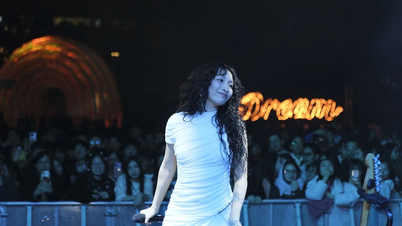


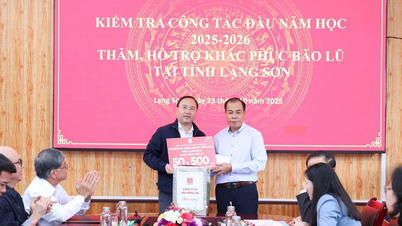
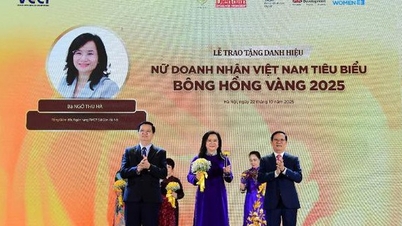



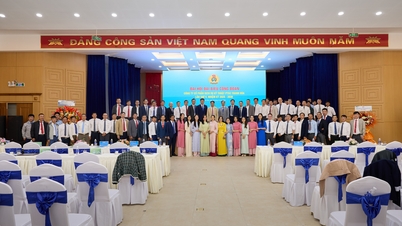
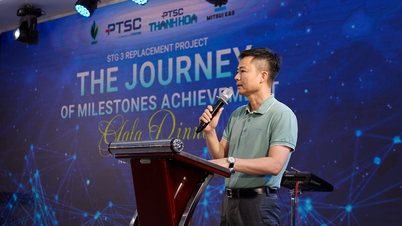






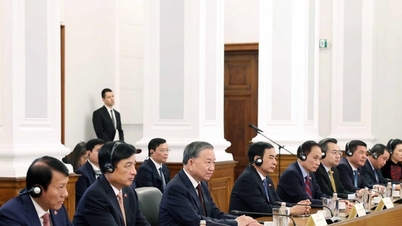



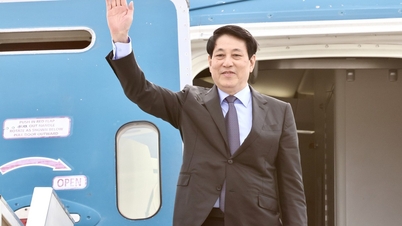
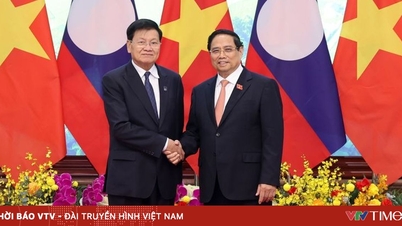



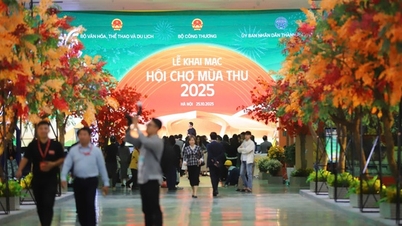
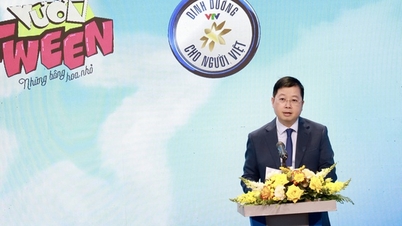
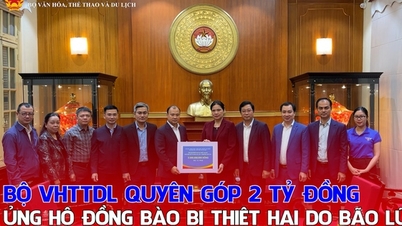


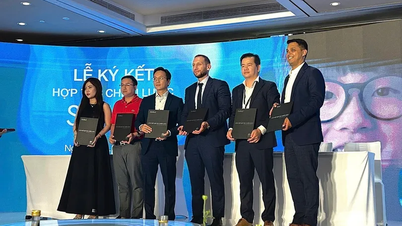

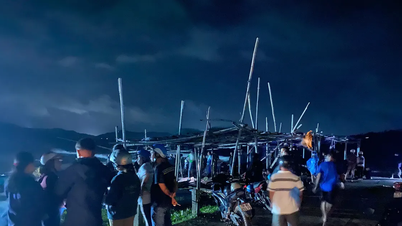






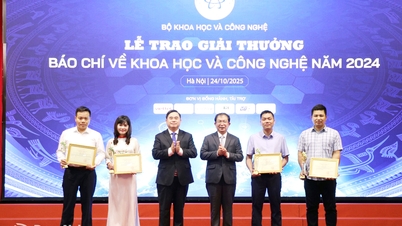














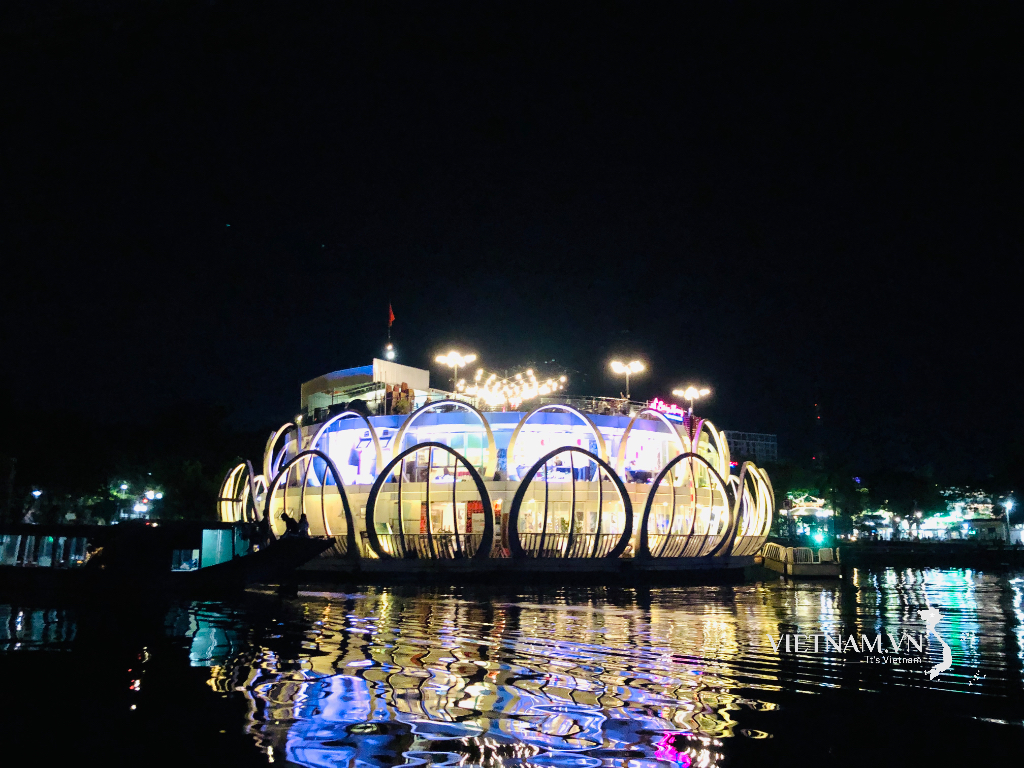
Comment (0)